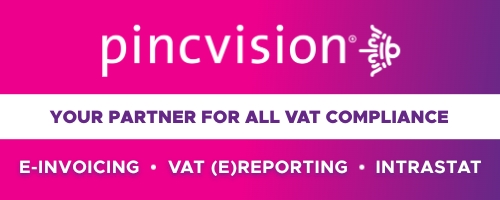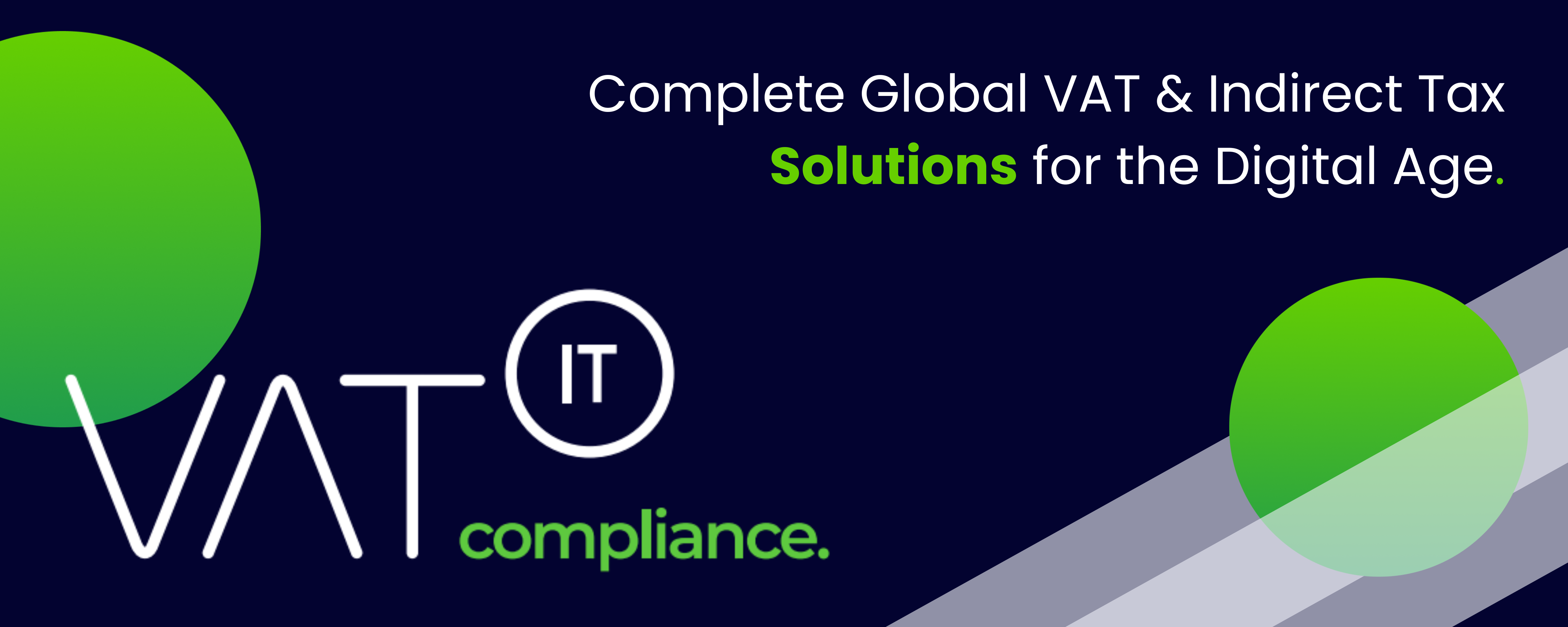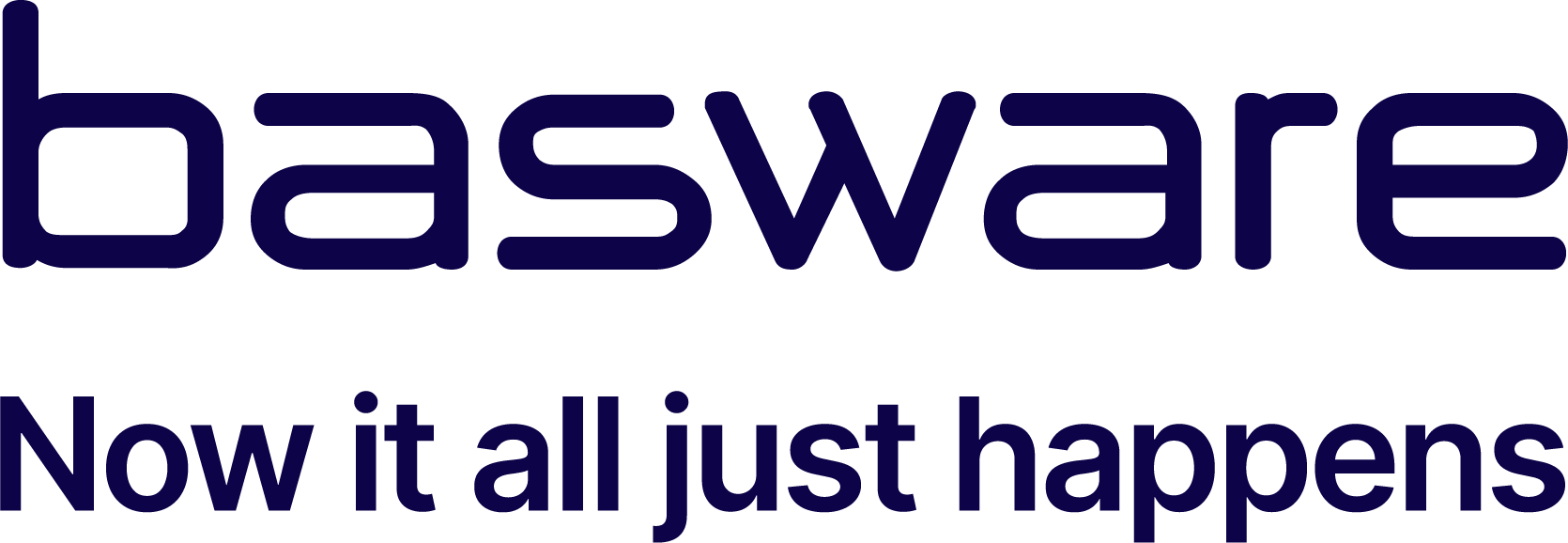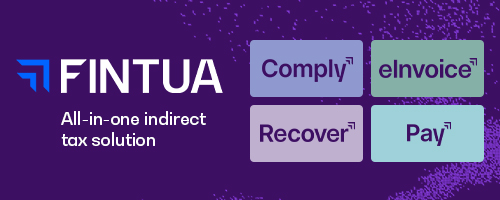- Kenya introduced withholding VAT in October 2003 to address revenue leakages and enhance compliance.
- Initially targeted government institutions and designated entities to withhold 16 percent VAT and remit to KRA.
- Faced operational challenges, leading to suspension in 2011; reintroduced in 2014 with a 6 percent rate.
- Tax Procedures Act in 2016 repealed the enabling provision, suspending it until 2019.
- Finance Act 2019 re-established it with a 2 percent rate to ease cash flow burden.
- Withholding VAT contributed to VAT collection growth from Sh61.7 billion in FY 2003/2004 to Sh314.157 billion in FY 2023/2024.
- Despite early tax collection benefits, it introduced inefficiencies that could hinder revenue growth.
- eTIMS and digital tools have reduced the need for withholding VAT.
- VAT is a pass-through tax intended for the final consumer, with businesses acting as intermediaries.
- Withholding VAT does not increase total revenue but impacts cash flow for suppliers.
- KRA benefits from cash flow, but businesses face delayed liquidity and constrained working capital.
- SMEs and contractors are particularly affected, impacting the government’s economic agenda.
Source: businessdailyafrica.com
Note that this post was (partially) written with the help of AI. It is always useful to review the original source material, and where needed to obtain (local) advice from a specialist.
Latest Posts in "Kenya"
- Kenya Implements New Import Compliance Obligations
- Kenya High Court Rules Payment Services as VAT-Exempt, Overturns Tribunal Decision
- KRA Reminds Operators to Renew Bonded Warehouse and MUB Licenses by December 2025
- KRA Reminds Transporters to Renew Transit Goods Vehicle Licenses by October 31
- KRA Announces Customs Agents License Renewal Applications for 2026














